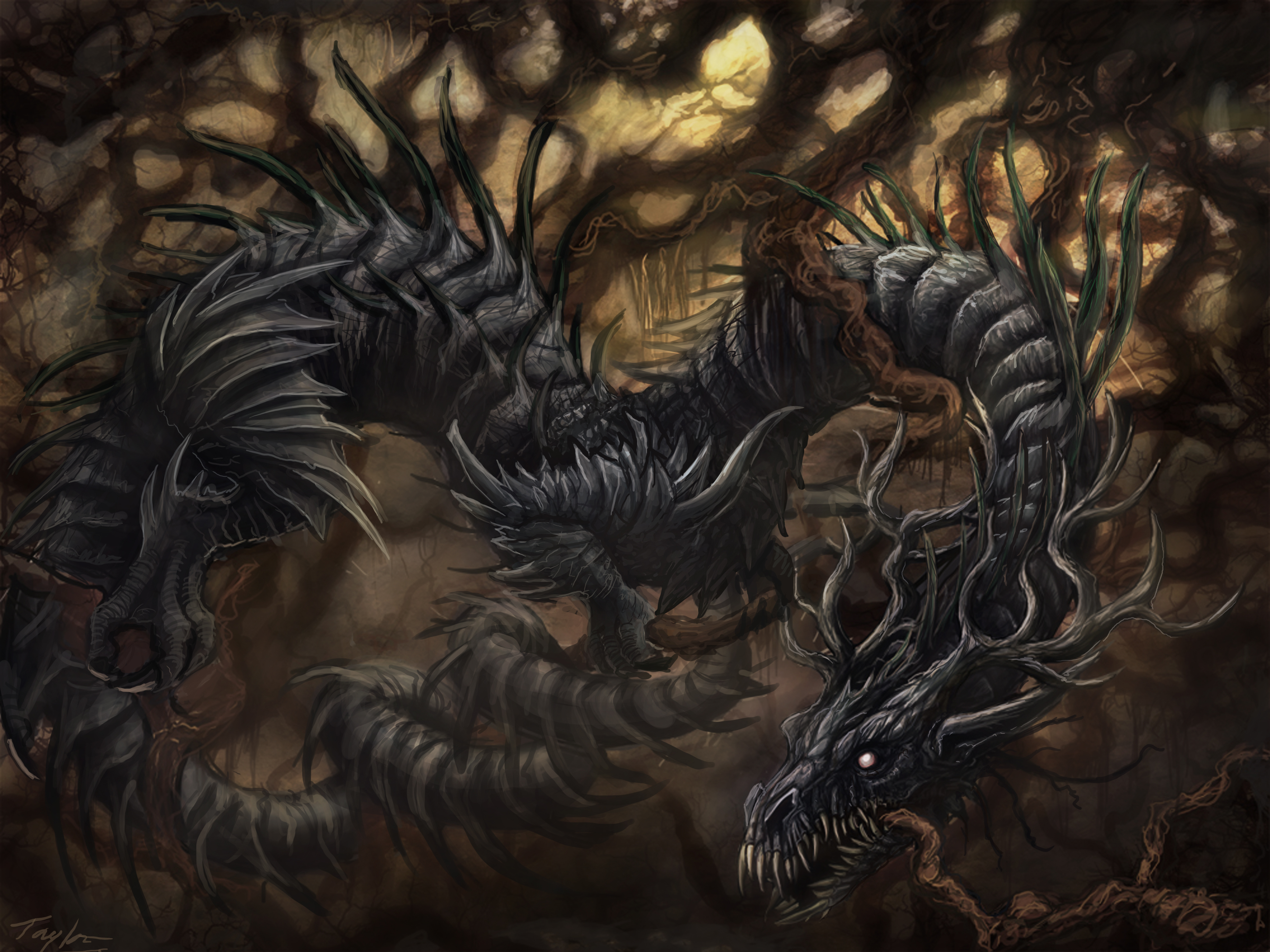

Níðhöggr/Níðhǫggr is also mentioned at the end of Völuspá, where he is identified as a dragon and a serpent. There Malice Striker sucked corpses of the dead, the wolf tore men. She saw there wading onerous streams men perjured and wolfish murderers and the one who seduces another's close-trusted wife. There fell drops of venom in through the roof vent. I there saw wading through rivers wild treacherous men and murderers too, And workers of ill with the wives of men There Nithhogg sucked the blood of the slain, And the wolf tore men would you know yet more?Ī hall she saw standing remote from the sun on Dead Body Shore. Þar saug Niðhöggr nái framgengna, sleit vargr vera- vituð ér enn, eða hvat ?Ī hall I saw, far from the sun, On Nastrond it stands, and the doors face north, Venom drops through the smoke-vent down, For around the walls do serpents wind. Sá hon þar vaða þunga strauma menn meinsvara ok morðvarga ok þanns annars glepr eyrarúnu. Fellu eitrdropar inn um ljóra, sá er undinn salr orma hryggjum. Sal sá hon standa sólu fjarri Náströndu á, norðr horfa dyrr. The first instance is in its description of Náströnd. The poem Völuspá mentions Níðhöggr/Níðhǫggr twice. Snorri Sturluson often quotes Grímnismál and clearly used it as his source for this information.

The poem identifies Níðhǫggr as tearing at the tree from beneath and also mentions Ratatoskr as carrying messages between Níðhǫggr and the eagle who lives at the top of the tree. The tree suffers great hardship from all the creatures which live on it. The poem Grímnismál identifies a number of beings which live in Yggdrasill. Later in Skáldskaparmál, Snorri includes Níðhǫggr in a list of various terms and names for swords. Snorri's knowledge of Níðhǫggr seems to come from two of the Eddic poems: Grímnismál and Völuspá. These are names for serpents: dragon, Fafnir, Jormungand, adder, Nidhogg, snake, viper, Goin, Moin, Grafvitnir, Grabak, Ofnir, Svafnir, masked one. In the Skáldskaparmál section of the Prose Edda Snorri specifies Níðhǫggr as a serpent in a list of names of such creatures: The same source also says that "he squirrel called Ratatoskr runs up and down the length of the Ash, bearing envious words between the eagle and Nídhǫggr. This root is placed over Niflheimr and Níðhǫggr gnaws it from beneath. It is sometimes believed that the roots are trapping the beast from the world. The Danish forms Nidhug and Nidhøg can also be encountered or Norwegian Nidhogg and Swedish Nidhögg.Īccording to the Gylfaginning part of Snorri Sturluson's Prose Edda, Níðhǫggr is a being which gnaws one of the three roots of Yggdrasill. The Modern Icelandic form Níðhöggur is also sometimes seen, with special characters or similarly anglicized. The name can be represented in English texts with i for í th, d or (rarely) dh for ð o for ǫ and optionally without r as in Modern Scandinavian reflexes. In the standardized Old Norse orthography, the name is spelled Níðhǫggr, but the letter ǫ is frequently replaced with the Modern Icelandic ö for reasons of familiarity or technical expediency.


 0 kommentar(er)
0 kommentar(er)
